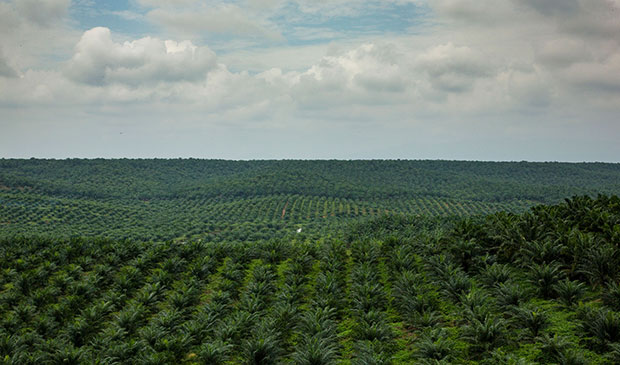STAA manages 15 oil palm plantations spread across four provinces - North Sumatera, South Sumatera, West Kalimantan, and Central Kalimantan. The company also manages plasma plantations in cooperation with smallholders. In line with the group’s mission, STA Resources always enacts the best agronomy practices to increase productivity and efficiency from planting to harvesting.
By the end of 2024, the group’s average annual output of fresh fruit bunches was 23.4 MT per hectare. This yield will expect to continually increase over the upcoming years with continuous operational upgrades and young palm trees entering the productive maturity stage.


